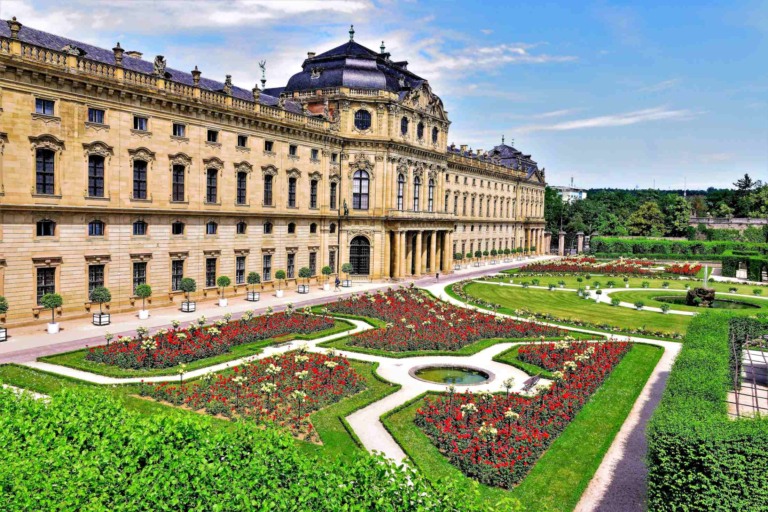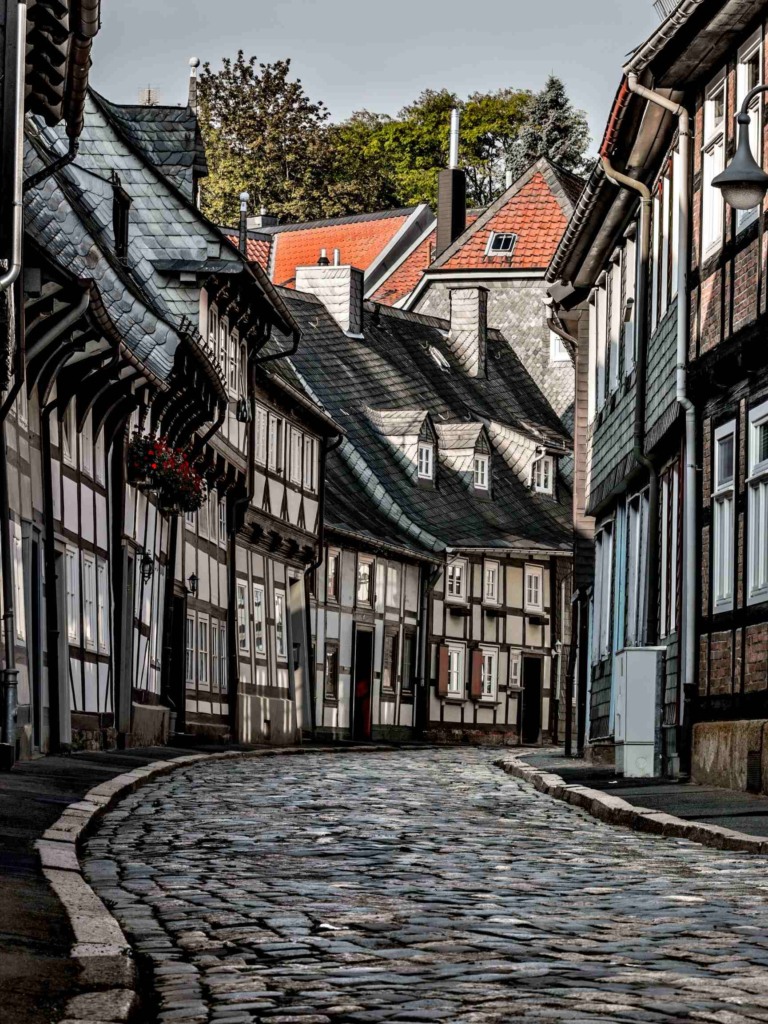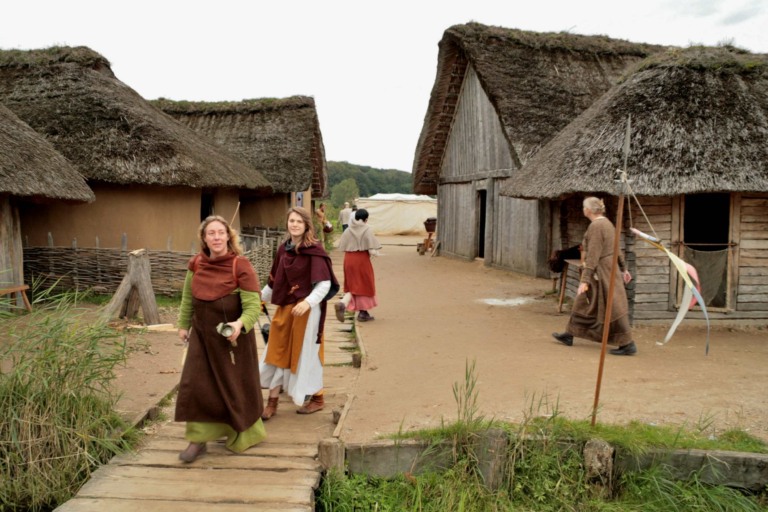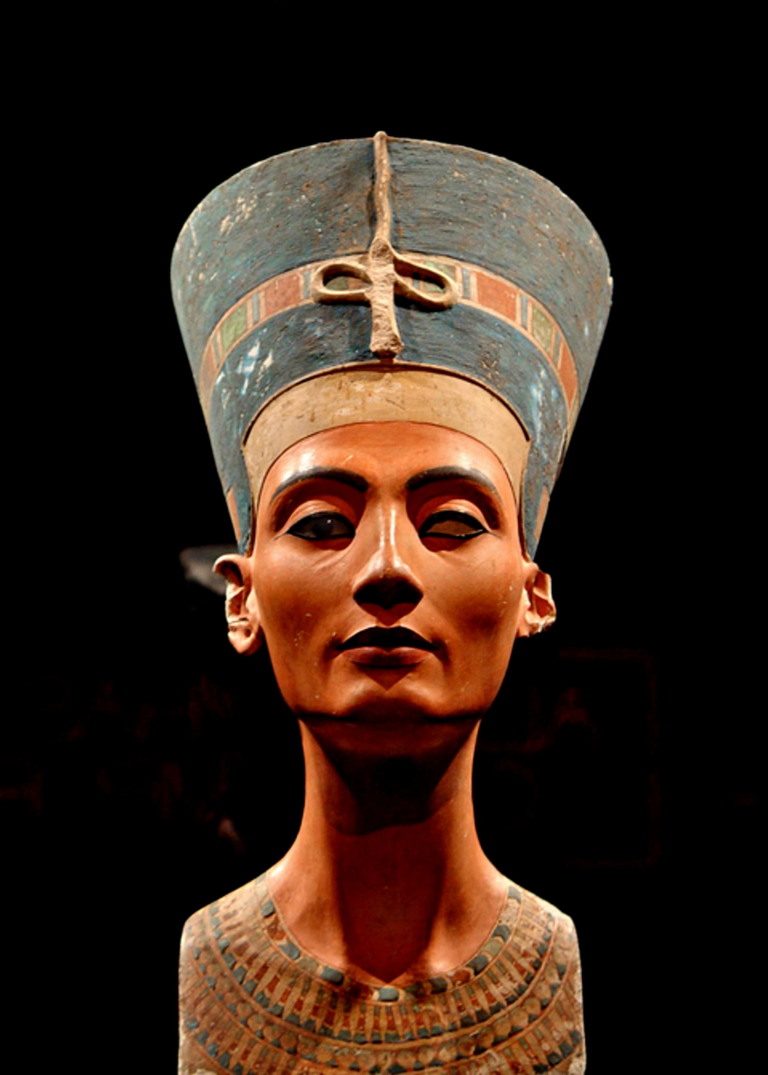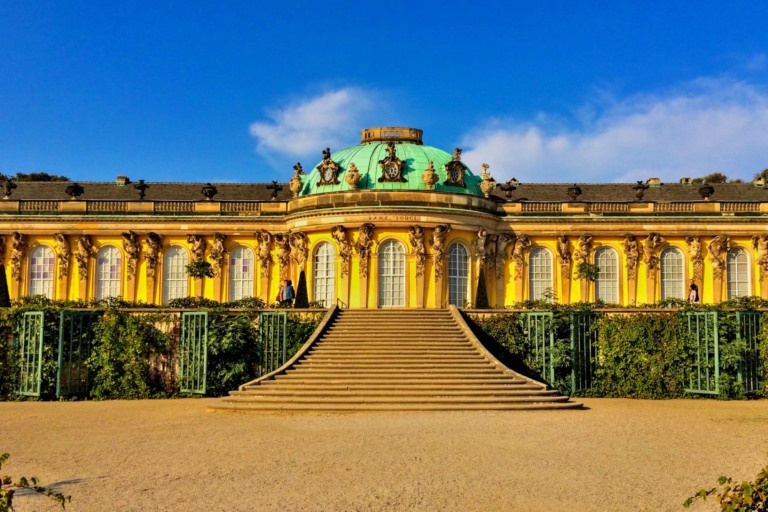Lorsch Abbey, also called Kloster Lorsch or Reichsabtei Lorsch, is a former Imperial abbey in Lorsch, Germany, about 10 km (6.2 mi) east of Worms. The famous Königshalle is in the German town of Lorsch in the state of Hesse. This gatehouse is one of the very few buildings from the Carolingian period that still looks like it did when it was first built. The only things that have changed are the Gothic gables and a few remnants of past repairs and additions.
Lorsch Abbey History
In the Carolingian Empire, it was one of the best-known monasteries. Even though they are in ruins, what is left of them is some of the most important pre-Romanesque-Carolingian architecture in Germany. Its history is written down in the Lorscher Codex, which was made in the 1170s and is now in the state archive at Würzburg.
This is a very important record for the history of early medieval Germany. The Codex Aureus of Lorsch is another well-known book from the monastery library. The destroyed Abbey and Altenmünster of Lorsch were put on the list of UNESCO World Heritage Sites in 1991 because of how important they were architecturally and historically.
Kloster Lorsch
In 764, the Frankish Count Cancor and his widowed mother, Williswinda, started the abbey on their farm, Laurissa, as a proprietary church (Eigenkirche) and monastery. It was made in honor of Saints Peter and Paul. Chrodegang, Cancor’s cousin and the Archbishop of Metz, was put in charge of running the monastery by its owners. He became the first abbot. Benedictines from Gorze Abbey, near Metz, moved to the area and set up the abbey.
The religious founders gave more money to the new church. Chrodegang got the body of Saint Nazarius, who was killed in Rome with three other Christians by Diocletian, from Pope Paul I. This made the abbey a shrine and a place where people went to pray. On July 11, 765, the holy relics arrived and were put in the basilica of the abbey with a lot of ceremony.
Chrodegang quit being an abbot in 766 so he could focus on his other jobs as Archbishop of Metz. Then he sent his brother Gundeland to Lorsch with fourteen Benedictine monks to take over for him. In the same year, Gundeland and Cancor’s son got into a fight over property rights. The abbey was moved from a small rock in the Weschnitz to an Ice Age dune, which was a few hundred meters away.
Gundeland asked Charlemagne for help in 772, and Charlemagne ruled in his favor. Gundeland converted the abbey into a royal abbey by giving the king the abbey and all of its assets. The abbey and basilica were then given new names in honor of Saint Nazarius. In September 774, the Archbishop of Mainz dedicated the main church of Saints Peter, Paul, and Nazarius in the presence of Charlemagne.
Abbey and Altenmünster of Lorsch
Many miracles were said to have happened at Lorsch because of Saint Nazarius, and a lot of people came from all over Europe to visit the shrine. In the 9th century, Lorsch became one of the cultural centers of Germany because of its library and scriptorium. Its four 9th-century catalogs show that it had a lot of both classical and Christian works.
The Lorsch gospels, also known as the Codex Aureus of Lorsch, are among the most renowned Carolingian manuscripts. They are currently housed in two separate locations: the Vatican Library and the Batthyaneum Library in Alba Iulia, Romania. The bindings of these gospels are adorned with carved ivory consular diptychs of Anastasius, who served as consul in 517.
These diptychs are considered sophisticated and classic works of art, reflecting the Byzantine tradition that was passed down to Lorsch during the reign of Charlemagne. In 876, when Ludwig der Deutsche (also known as Louis the German) died, he was buried in the abbey. He was the first king to be called “German.”
His grandson Hugo, who died in 879, and his son Ludwig der Jüngere, who died in 882, were also buried at Lorsch. Later, the burial church (ecclesia varia) continued to be used as a place to bury royals. From 895 to 956, the abbey could not choose its own abbots. Instead, the king chose them. Otto I, the Emperor, restored this right to Lorsch.
The ruler and abbot got into a fight over the fact that the castle of Starkenburg was being built where it could be seen from the abbey. Abbot Udalrich then met the king at Trebur with 1,200 armed horses. The abbey experienced a period of great success throughout the 11th century. Popes and emperors gave the abbey rights and land from the Alps to the North Sea as a sign of their favor.
In a short time, the abbey became not only very wealthy but also a place of political power. It was made a “reichsabtei,” which means it was given its own independence and was only answerable to the emperor. In 1052, Pope Leo IX came to the chapel where the eastern Carolingians were buried to bless an altar.
By the end of the 11th century, kings and rulers had been to Lorsch about twice. In 1090, a fire destroyed the abbey, and it was rebuilt in a big way at the start of the 12th century. Since the abbey had full control over its land, it became involved in a number of local feuds and wars.
Pope Gregory IX dismissed Conrad as the last abbot of the abbey in 1226, after 46 Benedictine abbots had served there. In 1232, Lorsch became the property of Siegfried III, Archbishop of Mainz, thanks to the influence of Friedrich II (Frederick II). This ended Lorsch’s period of cultural and political independence. The Cistercians used Lorsch from 1232 to 1248.
Königshalle Lorsch
The Fall of the Abbey: As of 2015, more than a third of the Lorsch texts that are still around are in the Vatican. The rest are in 72 institutions in 12 countries. During the Thirty Years’ War, Lorsch and the area around it went through a lot of trouble. In 1621, Spanish soldiers ransacked the abbey and destroyed most of the buildings in Lorsch.
The region returned to being Catholic when the Archbishopric of Mainz took it back in 1623. But the abbey stayed in ruins and was used as a source of building materials for the whole area. During the wars of Louis XIV of France in the late 17th century, Lorsch felt the worst. Whole villages in the area were destroyed.
French soldiers set fire to the old abbey structures and the homes of the peasants. Before World War I, the part that was left alone was used as a place to store tobacco. The oldest Carolingian structure that is still largely standing is the Königshalle, or aula regia (“king’s hall”), which King Louis II constructed in the ninth century.

